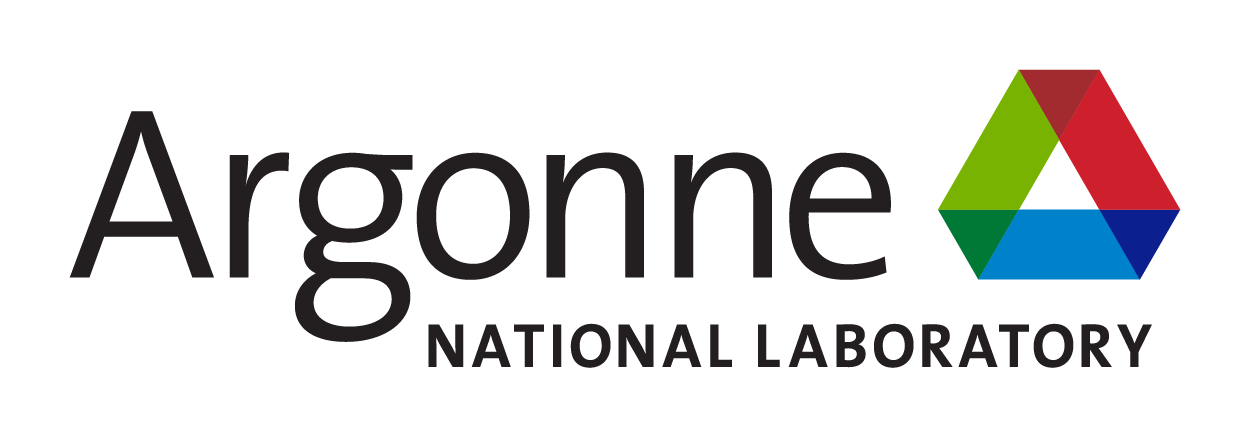Theory of X-ray Spectroscopy
X-ray spectroscopy provides a powerful way to investigate the microscopic properties of materials. The direct excitation of electrons from deep-lying core levels into the valence shell leads to a sensitivity to ground-state properties. The research can be divided into three different areas:
Analysis of new spectroscopies

Throughout the years, experimentalists have found different ways to study materials using X-rays. Research in our group has helped in obtaining a better understanding of what can be achieved with and what can be learned from new types of spectroscopies. Examples of experimental techniques that have been analyzed are resonant inelastic X-ray scattering, X-ray spectroscopy using X-ray beams carrying orbital angular momentum, pump-probe type experiments using femtosecond X-ray pulses. A recurrent theme is the use of the polarization of the incoming and scattered X-rays, as is shown in recent work on dichroic Kb X-ray emission spectroscopy.
X-ray studies of physical phenomena
X-ray spectroscopy has a number of unique characteristics that allows access to information that are less easily obtained by other means. The use of dichroism allows one to probe local magnetic and orbital moments. Therefore, suggesting interesting phenomena that are very suitable to probe with X-rays is another important aspect of our work. Examples are the dynamic quenching and unquenching of orbital moments and the nonequilibrium behavior of spectroscopy during, for example, a spin-crossover transition.
Support of experimental groups
The interpretation of X-ray spectra is often far from trivial. The presence of strong many-body effects due to the interaction between the core holes and valence electrons often makes an interpretation within a DFT framework impossible. We perform many-body cluster calculations using the full multiplet Coulomb interaction using the XClaim code developed in the group.
Project Members
Michel van Veenendaal
Project Publications
X-ray dichroism as a probe of orbital quenching and unquenching induced by optically-excited Jahn-Teller modes. M. van Veenendaal, Phys. Rev. B 110, 235149 (2024).
Dichroic Kb X-ray emission as a probe of orbital moments. M. van Veenendaal, Phys. Rev. B 110, 195154 (2024).
Electronic structure of Co 3d states in Kitaev-material-candidate honeycomb cobaltate Na3Co2SbO6 probed with x-ray dichroism. M. van Veenendaal, E. H. T. Poldi, L. S. I. Veiga, P. Bencok, G. Fabbris, R. Tartaglia, J. L. McChesney, J. W. Freeland, R. Hemley, H. Zheng, J.F. Mitchell, J.-Q. Yan, and D. Haskel, Phys. Rev. B 107, 214443 (2023).
Interpretation of Ir L-edge isotropic x-ray absorption spectra across the pressure-induced dimerization transition in hyper-honeycomb b-Li2IrO3. M. van Veenendaal and D. Haskel, Phys. Rev. B. 105, 214420 (2022).
Time-dependent nonequilibrium soft x-ray response during a spin crossover. M. van Veenendaal, Phys. Rev. B 97, 125108 (2018).
Deterministic and robust room–temperature exchange coupling in monodomain multiferroic BiFeO3/Co heterostructures. W. Saenrang, B. A. Davidson, F. Maccherozzi, J. P. Podkaminer, J. Irwin, R. D. Johnson, J. W. Freeland, J. Íñiguez, K. Reierson, J. C. Frederick, C. A. F. Vaz, L. Howald, T.H. Kim, S. Ryu, M. van Veenendaal, P.G. Radaelli, S. S. Dhesi, M. S. Rzchowski and C. B. Eom, Nature Comm. 8, 1583 (2017).
Pressure-Induced Confined Metal from the Mott Insulator Sr3Ir2O7. Y. Ding, C.-C. Chen, Heung-Sik Kim, Myung Joon Han, Zhenxing Feng, Yufeng Peng, Mary Upton, Diego Casa, Jungho Kim, Ayman Said, Thomas Gog, Gang Cao, Ho-kwang Mao, and Michel Van Veenendaal, Phys. Rev. Lett. 116, 216402 (2016).
Xclaim: a graphical interface for the calculation of core-hole spectroscopies. J. Fernández-Rodríguez, B. Toby, and M. van Veenendaal, J. El. Spec. and Rel. Phenom. 202, 81 (2015).
Resonant inelastic X-ray scattering studies of valence excitations. L. Ament, M. van Veenendaal, T. P. Devereaux, J. Hill, and J. van den Brink, Rev. Mod. Phys. 83, 705 (2011).
Prediction of strong dichroism induced by x-rays carrying orbital momentum. M. van Veenendaal and I. McNulty, Phys. Rev. Lett. 98, 157401 (2007).
